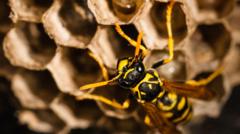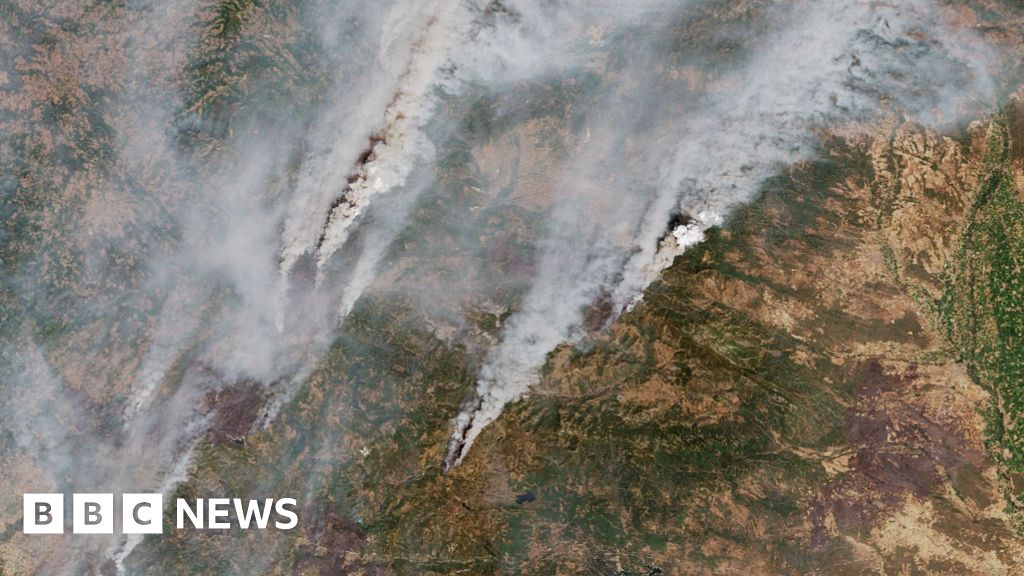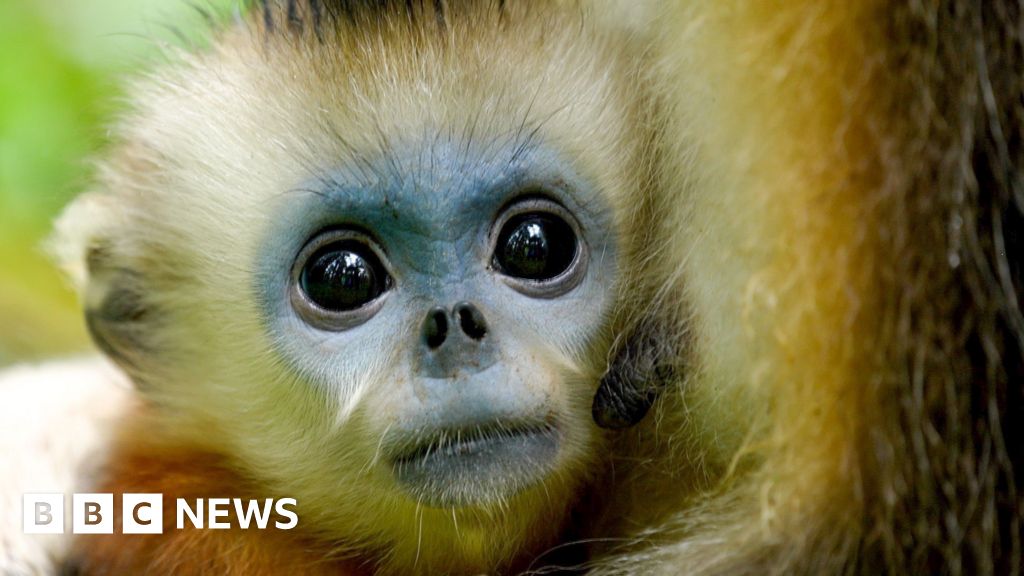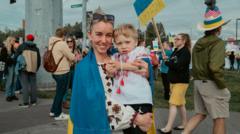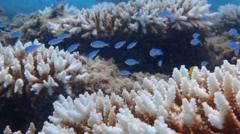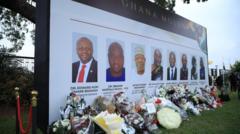A radioactive wasp nest with radiation levels ten times higher than regulatory limits was discovered at the Savannah River Site (SRS), a facility that once produced components for US nuclear weapons, according to federal officials. The nest was eliminated by being sprayed and subsequently bagged as radiological waste, as outlined in a report from the US Department of Energy released last week. Fortunately, no live wasps were found at the site situated near Aiken, South Carolina.
Investigators clarified that the contamination was not linked to any nuclear waste leak and stressed that there was no negative impact on the environment or public health. However, environmental advocacy groups criticized the government's response and are urging for more transparency in the matter.
The wasp nest was located on July 3 during routine inspections for nuclear radiation at SRS, on a post near long-term liquid nuclear waste storage. The report attributes the high radiation levels found in the nest to what is termed "onsite legacy radioactive contamination," a remnant of the site's previous operations when it produced plutonium for nuclear armaments during the Cold War era. While the facility, opened in the 1950s, remains operational today—focusing now on providing nuclear materials for power generation—the legacy contamination still poses concerns.
Interestingly, the energy department's report pointed out that any wasps that may have resided in the nest would have had significantly lower radiation levels, as they typically fly only short distances from their homes. Given that the nest was found within the expansive 310-square-mile area of the Savannah River Site, officials asserted that the chance of wasps flying outside the complex was minimal.
Despite the reassurances, Savannah River Site Watch, a local watchdog, has raised many issues regarding the situation, voicing concerns about the origins of the radioactive material and the potential for undetected leaks from waste tanks. Spokesman Tom Clements expressed his frustration, stating he wanted more safety information for the public concerning past and present contamination.
Historically, the site has produced over 165 million gallons of liquid nuclear waste, with still 43 underground tanks currently in use, and an additional eight tanks already closed. As the situation unfolds, continued scrutiny on the management of nuclear waste is anticipated, bringing important discussions on safety, awareness, and environmental responsibility into the spotlight.

